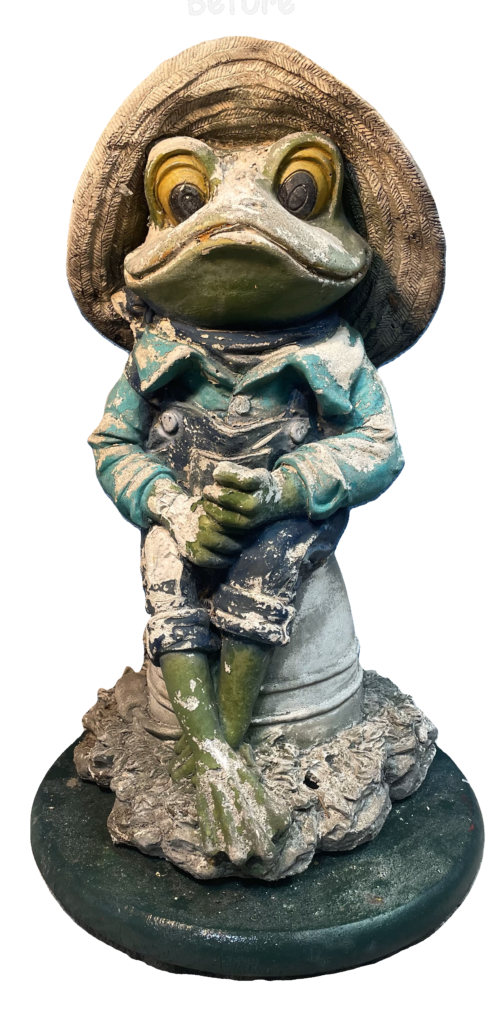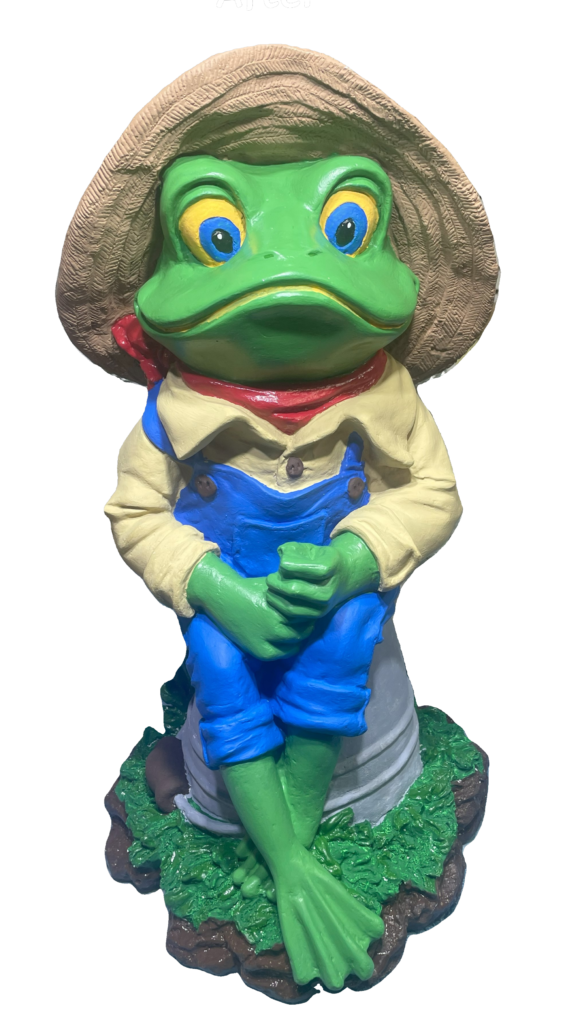Understanding what your statue is made from can set you on the right path. Marble, stone, metal, or concrete each have their own care quirks. Knowing this helps you choose the right materials and techniques for the job.
Begin with collecting the right tools and materials. You’ll need safety gear, cleaning brushes, mild detergents, waterproof adhesives, and suitable paints. Safety first – always protect yourself when using chemicals or sharp instruments.
Getting the statue clean is your first real step. Use a soft brush or cloth and start with water and mild soap. For tougher grime or stains, consider a gentle homemade mix of vinegar and water, which works wonders on metal or stone. Avoid anything too abrasive that might scratch your statue’s delicate surface.
Time to fix any battle scars. If your statue’s chipped or cracked, don’t worry! For minor issues, a little epoxy, tailored for your statue’s material, usually does the trick. Fill gaps with the right type of putty – stone putty for stone statues or a resin mix for fiberglass ones. It’s like giving your statue a new lease on life.
Feeling artistic? Repainting is a treat that not only refreshes your statue but also adds a protective layer. Opt for weather-resistant paint, and a small sponge brush helps you get into all the nooks without too much drama.
Sometimes the project might feel too big, and that’s okay. Knowing when to call in a professional can save both your nerves and your statue. If the damage seems overwhelming or intricate, a conservator can work wonders, restoring your piece without batting an eye.
Once your statue is brought back to life, keeping it that way is important. Regular checks and cleaning can help. A simple wipe-down monthly and deeper cleanings or checks each season will keep it looking sharp. Always keep an eye out for early signs of wear and tear.




Your article on statue restoration and maintenance is both informative and inspiring! I love how you’ve broken down the process into manageable steps, making it approachable even for beginners. The emphasis on understanding the material and using tailored methods is especially important, and it shows how much care and precision are required for restoration work.
The tip about using a vinegar and water solution for tougher stains is such a practical touch—natural solutions like these are not only effective but also eco-friendly. I also appreciated the artistic angle of repainting and adding weather-resistant layers. It’s a great reminder that restoration can be both functional and creative!
One question I have is about outdoor statues exposed to extreme weather conditions—are there any specific sealants or protective coatings you’d recommend for long-term durability?
Hi Kavitha
on February 7 I replied to your question are there any specific sealants or protective coatings you’d recommend for long-term durability?
I use Thomson water seal on the inside and outside after I have fixed every thing.
I use Behr water base spar urethane gloss to protect the the outside.
Hi Kavitha
Thank you for the comment on “How To Refinish An Outdoor Statue?”
I begin by cleaning the statue, and then removing any old paint, then I use a water sealer on the inside and the outside.
When I am done repairing, and painting I use Behr water base spar urethane gloss.
I also put my yard ornaments in my storage for the winter.
Good Luck
Have Fun
Richard